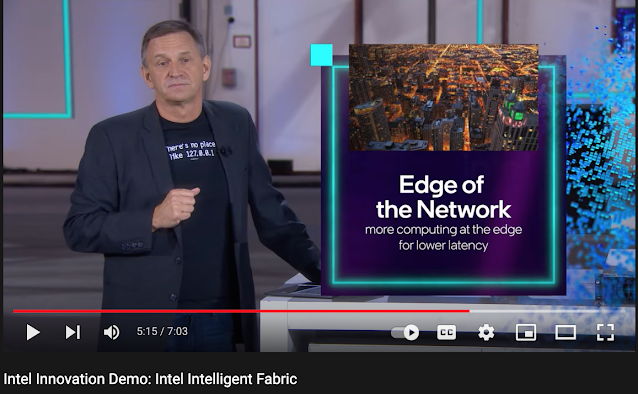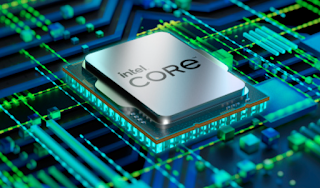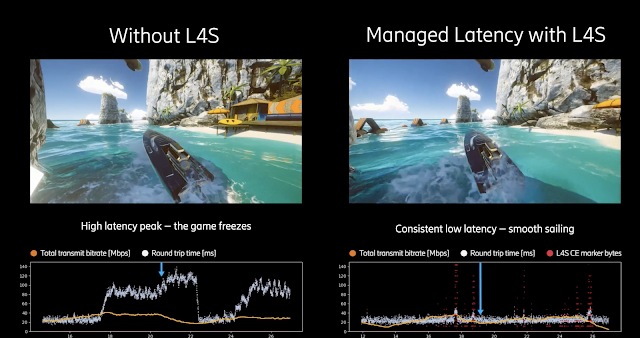Cisco announced a number of Internet infrastructure products and technologies including a new Routed Optical Networking solution featuring Acacia pluggable optics and Cisco’s full mass-scale routing portfolio. The company claims its integration of routing and optics will lead to savings of up to 46% over traditional, layered IP + optical product architecture.
At its virtual Cisco Live! event, the company said Acacia’s pluggable coherent optics, advancements in Segment Routing and Ethernet VPN, and new Cisco Crosswork Cloud capabilities will lead to greater efficiency for service providers and web scale companies such as Airtel, Altibox, Eolo, Facebook, Google Cloud, Rakuten Mobile, SFR, Telenor, Telia Carrier, Telstra, Websprix, etc.
Here are some highlights of the announcements
Cisco Silicon One - Cisco first introduced its programmable networking silicon architecture in 2019. The company has now expanded the Cisco Silicon One platform from a routing-focused solution to one which also addresses the web-scale switching market, offering ten networking chips (devices) ranging from 3.2 Tbps to 25.6 Tbps.
Subscriber Management - Cisco is introducing its new Cisco Cloud Native Broadband Network Gateway for telco customers (wireline), joining the Cisco family of existing cloud native broadband routers for cable and mobile. It paves the way for convergence to a unified subscriber management solution, bringing further simplification and efficiency while enabling service providers to offer truly access-agnostic services independent from where people use these services.
Routing for the Access, Aggregation, Edge, and Core
- Cisco’s latest 8000 family of routers now features Cisco Silicon One Q200 series chips offering up to 14.4 Tbps total capacity, enabling 32 and 64 x 100G web-scale switches.
- Introducing powerful new line cards and chassis for the Cisco Aggregated Service Router (ASR) 9000 series and Network Convergence System (NCS) 500 and 5500 series routers providing increased capacity with capital and operational cost savings
- New Crosswork Network Controller (CNC) features help customers operate the Cisco Routed Optical Networking solution
Cisco Crosswork Cloud - new application called Traffic Analysis offers a comprehensive view across network peering points. With this insight
Cisco Business Critical Services - design and consulting services to help customers adopt Cisco's Routed Optical Networking and Cloud Native Broadband solutions.
“Cisco has spent the last five years researching and investing in this portfolio of innovation, focusing on how to help our customers deliver the best internet while being able to grow revenue, reduce their costs and mitigate risk,” said Jonathan Davidson, Senior Vice President and General Manager, Mass-Scale Infrastructure Group, Cisco. “By helping our customers make the right decisions for their networks today, we are setting the world up for success, to connect more people, places and things than ever before. We can all look back on this point in time in the next ten years and celebrate how we rose to the challenge and did the right thing to take care of the internet.”
https://newsroom.cisco.com/press-release-content?type=webcontent&articleId=2150473






















































